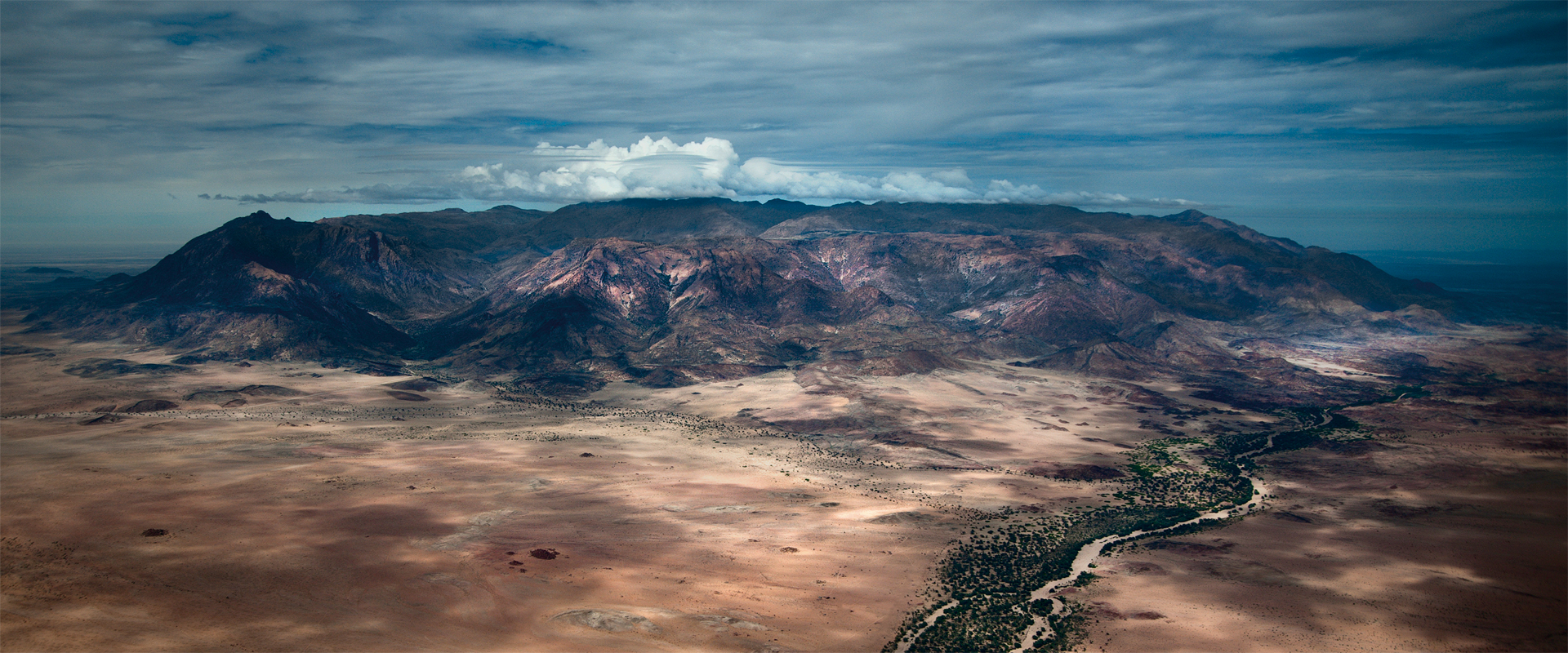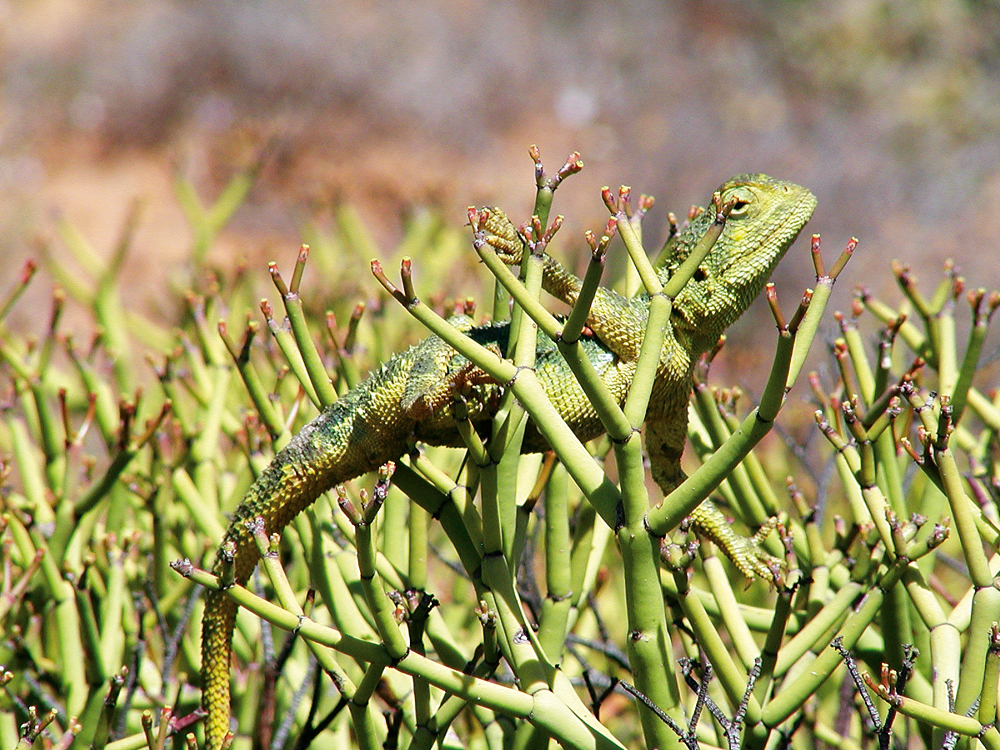
Discover Kaokoland
March 28, 2017CYMOT going Greensport competition
March 30, 2017Text Jana-Mari Smith | Main photo Paul van Schalkwyk
A little over a decade ago only a handful of conservationists and diamond prospectors were familiar with the unique beauty of the 26 000-square-kilometre Sperrgebiet. When the area was proclaimed a national park in 2008, it was a dream come true, giving conservationists the opportunity to showcase one of the last true wilderness areas in the world, while at the same time protecting it from a flood of tourists and their inevitable footprint.
T hat dream is now on the brink of becoming a reality. Not only will the majority of Namibians and tourists finally be able to experience this natural wonder first-hand; Namibia will once again be at the forefront of conservation, and set an example to the rest of the world on how to plan for and manage a park in line with sound ecotourism principles.
While much of the park is still largely undeveloped and much of it remains inaccessible to visitors, a small section of this wild landscape can be explored with a tour group, accompanied by an official of the MET.
Concessionaires with the Ministry of Environment and Tourism (MET) take visitors from Lüderitz into the northern extremity of the park where they can admire the colossal 55-metre-high Bogenfels rock arch; the modern diamond mine and the mysterious ghost town at Elizabeth Bay; the ghost town of Pomona (noteworthy for enduring the highest average wind speeds in Southern Africa); and Märchental – the famous ‘Fairy Tale Valley’ – where diamonds were once so common they could be picked up in handfuls from the surface as they lay gleaming in the light of the moon.
An international biodiversity hotspot
Described by environmentalists as a place that is ‘unscarred, remote, rugged, and spectacular’ the Sperrgebiet National Park owes its untouched nature to an ironic twist.



Closed to the general public more than a century ago due to a rich diamond find, the diamond companies managed to contribute indirectly to a large part of the area remaining pristine and true to its origins. This defines the park. The Sperrgebiet, literally the ‘forbidden area’, remains a place of contrast and contradictions.
The image of glittering diamonds contrasts starkly with the ostensibly barren landscape, which seemingly defies plant and animal life. Yet the Sperrgebiet is home to some 25 per cent of Namibia’s plant species and has been declared an international biodiversity hotspot. Close to 20 per cent of the plants that occur here are indigenous to Namibia, with several species being endemic to the Sperrgebiet.
The climate too is atypical
In contrast to the heat and sporadic rainfall of the summer and the crisp, cold blue winter skies in most of the country, the Sperrgebiet is situated on the cusp of the transition zone between winter and summer rainfall, and thus presents a different situation altogether.
However, before these wonders can be revealed to visitors, the major challenge remains the issue of accessibility. While the area is now a national park, it is still legally a diamond area. It’s a challenging situation all round because of the legal implications of opening it up to tourism.
One recommendation is de-proclaiming the 70 per cent of the Sperrgebiet that is not actively being mined. Diamonds are concentrated primarily along the coast and the Orange River. De-proclamation would mean that the rest of the area would lose its mining status, which would allow a controlled and monitored access to the park for tourism purposes.
DID YOU KNOW?
- Marine and terrestrial fossil deposits dating as far back as the Cretaceous period (85 million years ago) are particularly abundant in the park.
- Archaeological remains indicate that Early Stone Age man settled in the region around the Orange River mouth at least 300 000 years ago.
- The Portuguese were the first European mariners to reach the coast in the 15th
- In the 19th century American whaling and sealing vessels and British guano collectors arrived in increasing numbers and traded with the scattered Khoi communities.
- The early 20th century brought the discovery of diamonds and the establishment of an exclusion zone.
- Diamonds contribute up to 40 per cent of Namibia’s export earnings.
- Diamonds derive their name from the Greek word adamas, meaning ‘invincible’.
- In fact, these glittering gems are not stones, but a form of metal, and are at least three billion years old, two-thirds the age of the earth.
- The first diamond in the Sperrgebiet was found by railway worker Zacharias Lewala near Kolmanskop on 14 April 1908.
- The waters off the Sperrgebiet National Park’s coast hold the richest deposits of marine diamonds in the world.

FAST FACTS
- Conservation scientists have proclaimed the Sperrgebiet one of the world’s top 35 biodiversity hotspots.
- It is the only biodiversity hotspot in an arid region.
- Succulents have adapted over millions of years to the harsh climatic conditions that characterise the Sperrgebiet.
- Occurring in areas that where most plants would die in minutes rather than hours, these diehards have evolved to withstand drought, heat, frost and strong winds.
- No less than 1 050 species of flowering plants and ferns have been recorded in the Sperrgebiet. These represent nearly a quarter of Namibia’s entire plant diversity, on just 3% of the land.
- A large proportion of these plants are succulents.
- The Sperrgebiet is the most biodiverse region in Namibia and also in the Succulent Karoo biome, to which part of it belongs.
- The area supports more species of succulents than any other habitat on earth.
- The horseshoe-shaped inselbergs (German for isolated or ‘island’ mountain) provide shelter from the wind.
- Aurusberg, for example, supports 80 plant species, some of which are found nowhere else on earth.
- The Sperrgebiet shelters populations of gemsbok, springbok, grey rhebok, leopard, aardwolf, brown and spotted hyaena, and even cheetah.
- Smaller mammals include the African wild cat, bat-eared fox and the Cape clawless otter.
- All offshore islands are havens for breeding seabirds and seals.
- Ichaboe Island is a crucial African penguin habitat.
- As a consequence of this diversity and the high concentration of species with restricted ranges, the Sperrgebiet has been identified as an Important Plant Area (IPA).
- About one quarter of the terrestrial coastal area falls within the succulent Karoo biome, with the rest in the Namib Desert Biome.
FOUR TOWNS GEAR UP TO BECOME GATEWAYS
- It was agreed from the outset that while the Sperrgebiet National Park consists of huge swathes of open land, new infrastructures would not be built.
- Instead, the four urban areas that surround the park – Lüderitz, Rosh Pinah, Oranjemund and Aus – will play a critical role as tourist hubs for the park.
- This is good news for these southern towns, most of which have never really benefited from Namibia’s booming tourism trade.
- In line with this, Oranjemund – always considered a non-accessible town serving only the diamond-mining community – was declared a local authority, shedding its status as a secure base for the diamond industry.
Retaining the essence of wilderness
To date, the MET has conducted extensive research on biodiversity mapping, management plans, tourism potential and zoning strategies. It is a prerogative that the park is divided into multiple use areas for tourism, ensuring that the area retains its status as an untouched wilderness.
This is why the planning phase is so extensive. The MET recognises that in pre-independence days parks were sometimes proclaimed without clearly defined objectives or supported by biodiversity considerations.
But thanks to Namibia’s globally praised and award-winning philosophy of conservation and minimally invasive tourism practices, parks are now developed only once the necessary building blocks are in place. The ideal is that the area – which has been home to flora and fauna evolved over millions of years – will retain as much of its integrity as possible, and be developed to reflect its true essence to visitors now and in the future.
Sources and References
- Living diamonds – the Sperrgebiet’s natural riches, Conservation and the Environment in Namibia 2004/2005, Antje Burke
- Namibia’s Coast: Ocean riches and desert treasures (2012), Tony Robertson, Alice Jarvis, John Mendelsohn and Roger Swart
- SPAN brochure: Sperrgebiet National Park
- SPAN Fact Sheet: Wildlife Wonders in the Sperrgebiet National Park
This article was first published in the Travel News Namibia Spring 2012 issue. Information has been updated accordingly.


